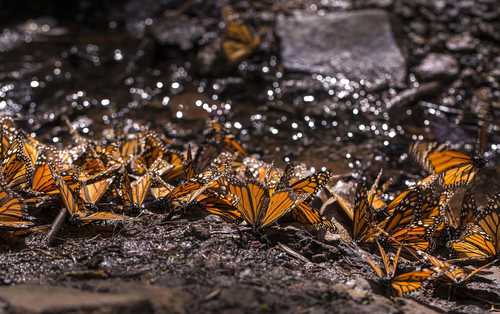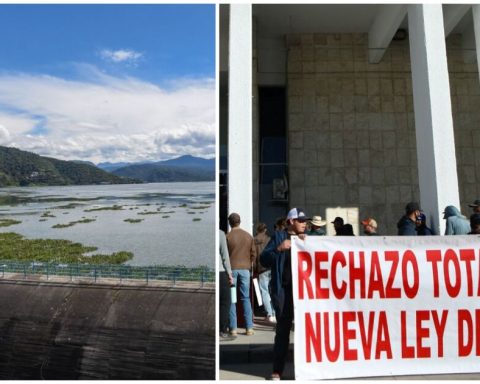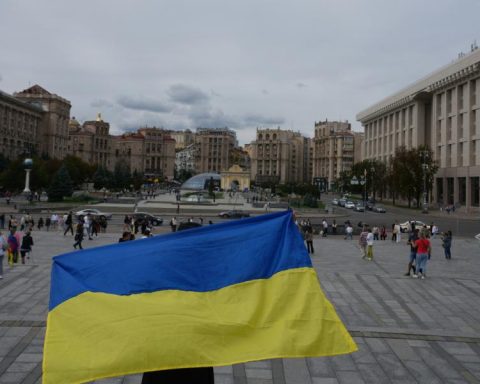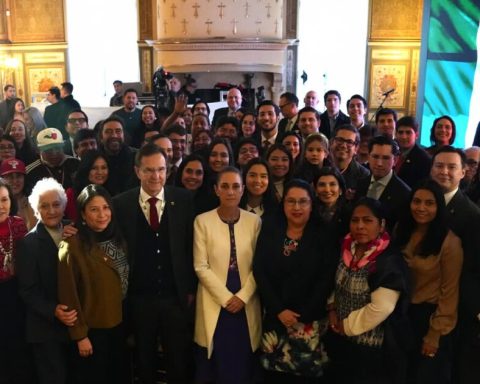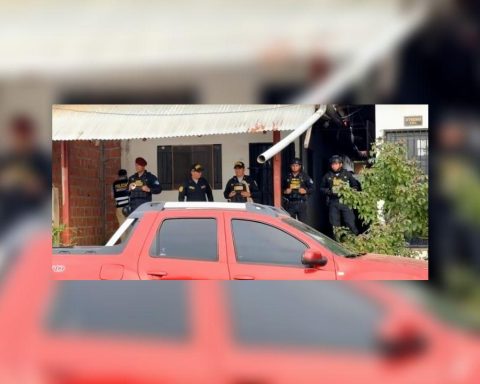▲ The Monarch butterfly in the El Rosario sanctuary, in the municipality of Ocampo.Photo Ignacio Juárez
Daniel González Delgadillo
La Jornada Newspaper
Saturday, January 4, 2025, p. 5
With the high insecurity in Mexico and the lack of resources to care for natural areas It is not easy to be an environmentalist here.
laments Homero Gómez Valencia, an activist who is only 24 years old.
In the country – environmental organizations indicate – 168 nature defenders have been murdered in the past nine years.
Despite this and other limitations, he says The Daythis has not prevented him from continuing with the legacy left by his father, Homero Gómez González, The Guardiandefender of the Monarch butterfly and its hibernation sanctuaries. This month marks five years since he was disappeared and later found dead in Michoacán, a case that has not yet been clarified by the authorities.
Sometimes we are alone against threats because we expose ourselves to many dangers. I have to continue the legacy that my father started and I want to do it through the foundation that bears his name, from where we fight
for the conservation of the Monarch Butterfly Biosphere Reserve, especially in its largest sanctuary, El Rosario, named a World Heritage Site by UNESCO in 2008.
He clarifies that part of the problem that the foundation seeks to address, consolidated last May, is clandestine logging and the exploitation of the natural resources of this ejido, in the municipality of Ocampo. This activity is linked to organized crime and drug trafficking.
Below zero degrees, the guards have walked the ejido day and night for several decades to defend the Monarch’s lands. The young environmentalist assures that he is looking for resources to apply drone technology, surveillance cameras and telecommunications for safer tasks.
An agronomist by profession, Gómez González learned about the technical aspects of El Rosario, and at the age of 25 he began to promote and protect lepidoptera, which represented a threat to criminals. On January 13, 2020, he went to a fair in El Soldado, a municipality located 30 minutes from his community, El Rosario, but he did not return home and the body was found two weeks later, on the 29th, in a well with a blow to the head
In the past nine years, the Mexican Center for Environmental Law documented the murder of 168 environmental defenders: 20, in 2023; 24, in 2022; 25, in 2021; 18, in 2020; 15, in 2019; 21, in 2018; 29, in 2017; one, in 2016; 11, in 2015, and four, in 2014. The death of The Guardian It was repudiated by this and other organizations.
For security reasons, Gómez Valencia only comments that the case is detained in the state prosecutor’s office, so he is seeking the support of federal authorities, such as the Ministry of the Environment and Natural Resources (Semarnat), to find the culprits.
Alicia Bárcena, head of Semarnat, declared at the COP16 in Cali, Colombia, that she arranged a meeting with Omar García Harfuch, Secretary of Security and Citizen Protection, to coordinate protection and preventive actions for the population and environmental defenders, but it was not They have given more details.
They reforest 150 thousand trees
To continue his father’s legacy, he explains that through the foundation he has reforested at least 150,000 pine and fir trees in El Rosario, the largest sanctuary in the reserve, in the municipality of Ocampo.
This work was quite a challenge
he assures, because some trees were direct donations, another 4 thousand were paid for with funding campaigns and 20 thousand more were requested from companies, but 100 thousand were obtained from the state government after making appeals from the media about the lack of support and resources.
This lepidopteran migrates from southern Canada and northern United States at the end of August, but its arrival in central Mexico varies after traveling more than 5 thousand kilometers, since the onset of winter is not punctual; However, this almost always happens in the first half of November, to remain until March of the following year.
To hibernate, he explains that the butterfly requires favorable environmental factors such as water, silence, low temperatures and clean areas, but with the impacts of climate change, such as heat waves, he clarified that care of the reserve is fundamental and reforestation is elementary
.
This is because it is made up of two parts: the core zone, where the butterfly takes refuge and the only activities allowed are research, and the buffer zone, which protects the core from external impact and where economic activities related to the core can be carried out. ecological standards.
The reforestation, he assures, was carried out with the participation of thousands of volunteers, along with members of the ejidal community, especially during the rainy season, with the purpose of receiving the butterfly. He acknowledged that there were those who did ask for pay due to the lack of job opportunities in the area.
These supports are needed more at this time
urges Gómez Valencia, because, he maintained, the population of the Monarch butterfly has shown a significant reduction in its population in recent years. He explained that only this year he arrived late and his population has decreased.
Changes in land use in the United States, combined with the widespread use of herbicides, also contributed to the loss of milkweed and other nectar plants essential for feeding adult Monarch butterflies.
